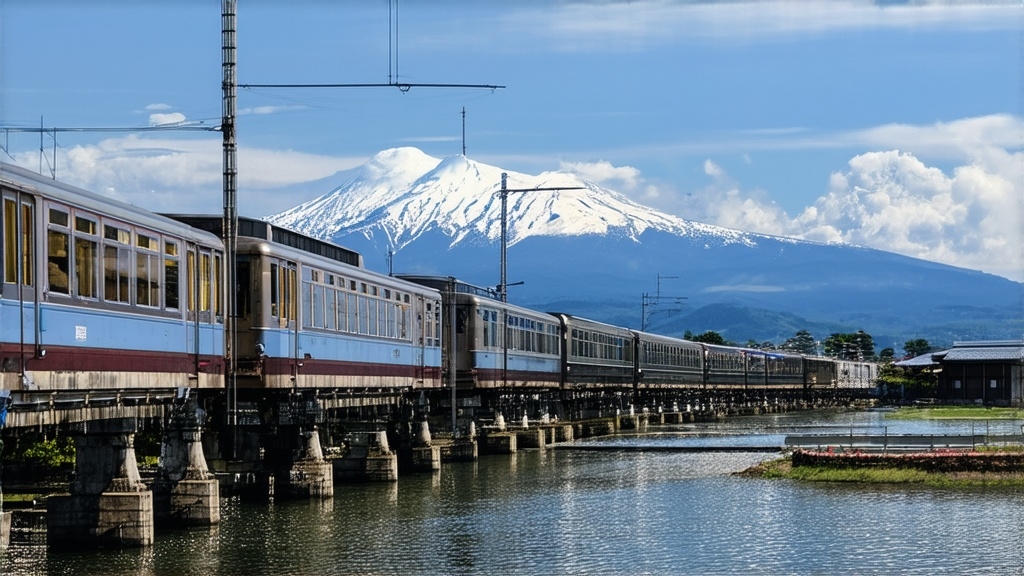


You’ll discover Mishima nestled at Mount Fuji’s northern base in Shizuoka Prefecture, where ancient volcanic events shaped its unique landscape. The city’s crystal-clear springs feed the famous Kakita River, while the historic Mishima Taisha Shrine stands as a spiritual cornerstone. As a major railway hub, you’re just 40 minutes from Tokyo via Shinkansen. The blend of natural wonders, sacred sites, and modern industry holds countless stories within its springs.
A City Born From Volcanic Activity
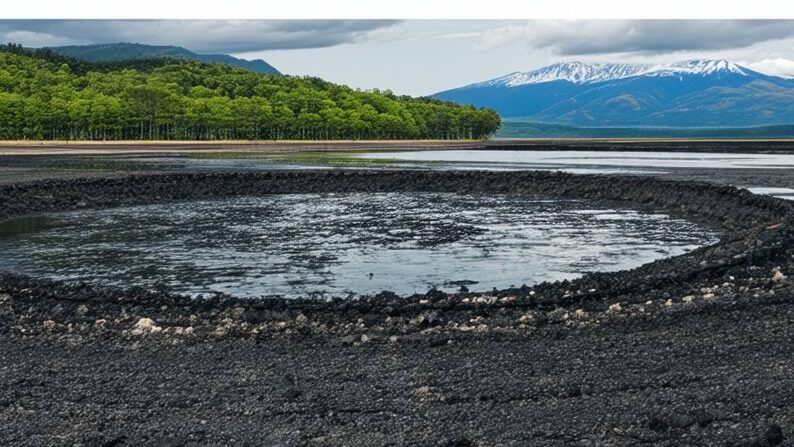

Three major volcanic events shaped the landscape of modern-day Mishima Shizuoka.
You’ll find evidence of the Gotemba Mud Flow from 2,300 years ago, when Mount Fuji’s eastern face collapsed, sending lahars through the region. The Jōgan eruption of 864 created what you now know as the Aokigahara Forest, while the Hōei eruption of 1707 blanketed the area in volcanic ash and scoria.
These eruptions didn’t just destroy – they built. The area has seen volcanic activity spanning several million years in total.
You’re walking on fertile soil created by volcanic deposits, and the plains you see were formed by ancient lava flows. The very lakes you can visit today, Saiko and Shojiko, emerged when volcanic activity divided Lake Senoumi.
Mount Fuji’s influence continues to shape your surroundings, with its active magma chamber monitored closely.
Water Heritage and Natural Springs
Mishima’s lifeblood flows through a network of pristine springs fed by underground water from Mount Fuji.
You’ll discover these waters sustaining the city through landmarks like the Kakita River, a national monument known for its crystal-clear springs, and the historic Wakutama Pond, where ancient purification rituals once took place.
You can experience this water heritage firsthand by crossing the stepping stones of the Genbe River or visiting Mishima Taisha Shrine, the region’s first shrine dedicated to Mount Fuji’s main deity. The area’s natural springs are rich in calcium and sulfates, providing therapeutic benefits for visitors seeking relief from fatigue and muscle soreness.
These waters don’t just shape the landscape – they power the local economy through rainbow trout aquaculture, wasabi cultivation, and premium drinking water production.
While environmental challenges threaten these precious resources, you’ll find organizations like Groundwork Mishima actively working to preserve this essential water network for future generations.
The Railway Hub of Izu Peninsula



Beyond its pristine waters, the city holds a strategic position as the gateway to Izu Peninsula through its expansive railway network.
At Mishima Station, you’ll gain access to multiple rail options operated by JR Central and Izuhakone Railway, including the high-speed Shinkansen and local services.
You can reach Mishima from Tokyo in just 40-60 minutes via Shinkansen, making it a convenient starting point for your Izu exploration.
From here, you’ll find connections to major destinations like Shuzenji, Ito, and Shimoda through various transfer points.
The station’s thorough infrastructure includes multiple platforms serving different lines, while the Izuhakone Railway Sunzu Line extends your reach to nearby attractions.
The modern station features automated TOICA turnstiles for smooth passenger flow through its central concourse.
If you’re planning extended travel, consider the JR Pass or Izukyu Rail Pass to maximize your mobility.
Sacred Grounds: Mishima Taisha Shrine
A spiritual cornerstone of Shizuoka Prefecture, Mishima Taisha Shrine stands as one of Japan’s most venerated Shinto sanctuaries with over 1,300 years of history.
You’ll find the shrine dedicated to Mishima Daimyōjin, a powerful deity that attracted countless samurai seeking victory in battle, including the legendary Minamoto no Yoritomo.
Visit during the annual Summer Festival from August 15-17 to witness spectacular yabusame performances, vibrant parades, and historical reenactments.
Don’t miss the shrine’s Treasure Hall, housing national treasures like the Umejimaki-e Tebako and sacred documents from Yoritomo’s era.
You can explore significant spots within the grounds, including Yoritomo’s “Sitting Stone” and the Sacred Pond.
During spring, you’ll experience the shrine’s renowned cherry blossoms, immortalized in Hiroshige’s famous ukiyo-e prints. The shrine grounds are also home to a remarkable 1200-year-old osmanthus tree that has been designated as a Natural Monument of Japan.
Modern Industry Meets Ancient Waters
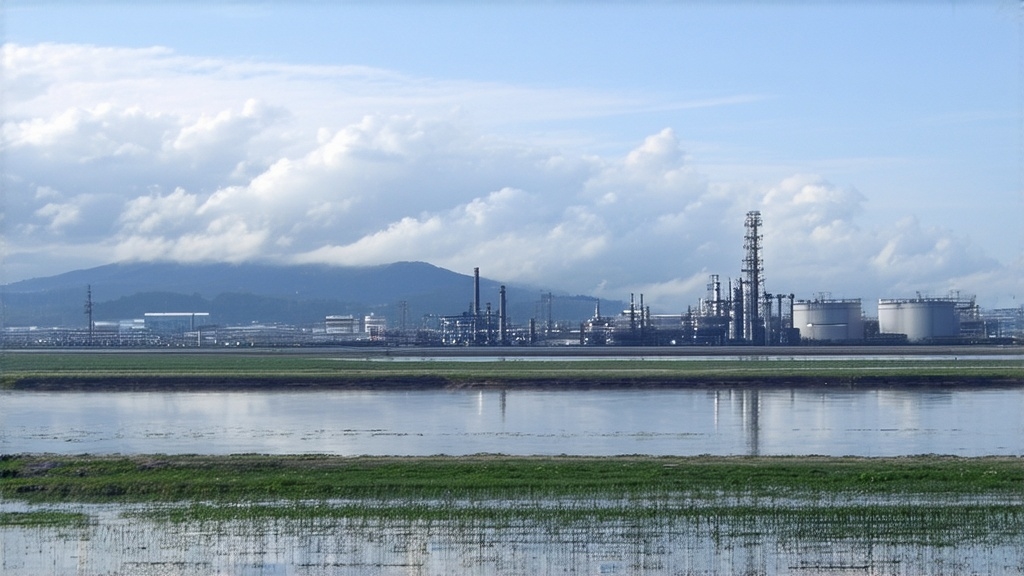

While sacred waters flow from Mount Fuji’s ancient springs, Mishima thrives as a modern industrial powerhouse in Shizuoka Prefecture.
You’ll find major corporations like Toray, DMW, and Toshiba TEC operating advanced facilities throughout the city, drawn by the abundant groundwater resources. The companies regularly deliver actionable insights through environmental impact reports to guide regional sustainability policies.
At the heart of this industrial landscape stands the Yokohama Rubber Company’s Mishima Plant, the group’s exclusive racing tire manufacturer.
You’ll witness their commitment to environmental stewardship through ISO 14001 certification, innovative decarbonization measures, and the planting of over 29,000 trees.
With 1,012 employees, the plant exemplifies how modern industry can coexist with nature.
The city’s strategic position on the Tōkaidō Main Line has transformed it into a manufacturing hub where paper, machinery, textiles, and rubber industries flourish alongside ancient waterways.
Seasonal Climate and Natural Rhythms
Nestled between Mount Fuji and Suruga Bay, Mishima experiences four distinct seasons with significant temperature variations throughout the year.
You’ll find mild winters with highs around 9°C in February, while summers peak at nearly 30°C in August. The city maintains 72.82 percent humidity throughout the year, contributing to its lush environment.
Spring brings the city’s famous cherry blossoms around March 30th, with temperatures gradually warming from 13°C to 22°C. You can expect increased rainfall during this season, making it ideal for viewing lush vegetation.
Summer’s heat comes with high humidity and the risk of typhoons, particularly from August to early October. July is the wettest month, receiving over 200mm of rainfall.
For the most comfortable visit, you’ll want to plan your trip during autumn, specifically from late October to mid-November, when temperatures are pleasant and skies are clear.
Historical Legacy of the Tōkaidō Road
During Japan’s Heian period, long before its official naming in 1624, the Tōkaidō Road served as the essential artery connecting Kyoto to central Honshu.
You’ll find this historic route’s influence deeply embedded in Mishima’s identity, as it was one of the 53 post-station towns that dotted the 515-kilometer journey.
Under Tokugawa control, you’ll see how the road transformed into a regulated highway system, with checkpoints like Hakone ensuring strict oversight of travelers. Women were required to travel with male companions only, as mandated by strict Tokugawa regulations.
You can trace the road’s economic impact through the prosperity it brought to station towns, where merchants established inns and markets.
The route’s cultural significance lives on through Hiroshige’s famous woodblock prints, which captured daily life at each stop.
Today, you can still walk sections of this historic path that shaped Japan’s political and cultural landscape.




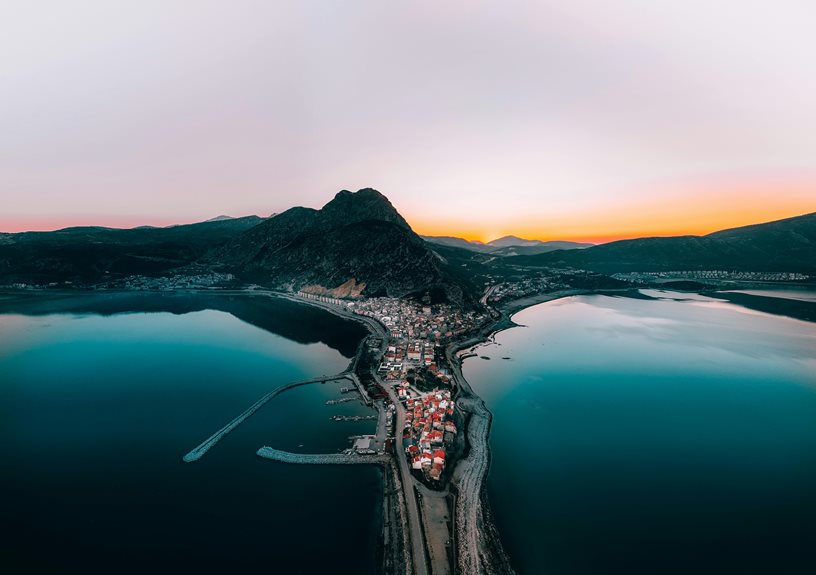
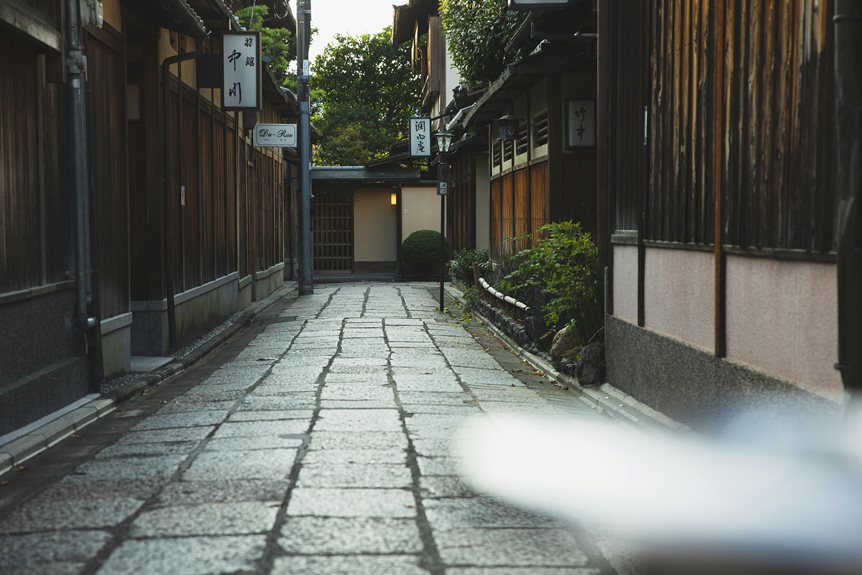
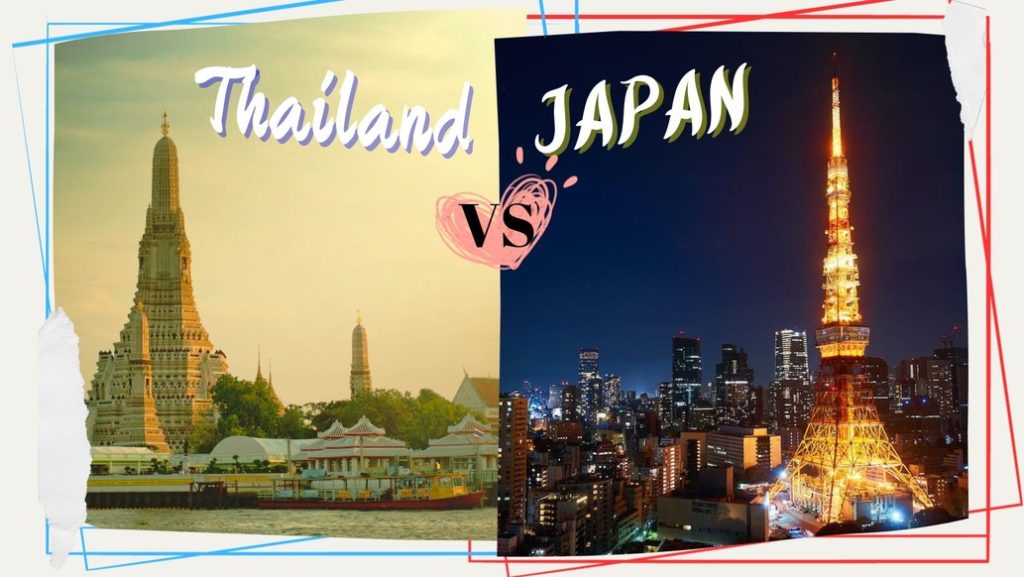
Konnichiwa! (Hello!) I'm Pat Tokuyama, a Japanese tofu cookbook author, who travels for music, food, and adventure. If you like Japanese tea, checkout some of the newestorganic japanese tea, matcha bowls and noren and more!
** Curious about the Plant Based Japanese Cooking Club? ** Learn more here!